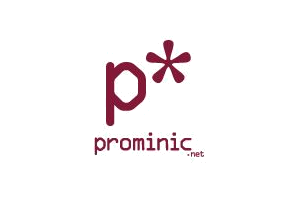Google Apps Migration for Lotus Notes (GAMLN) - part 4
Tags :migration Google GAMLN
So we left off yesterday running through the admin database and moving into migration options. One of the key parts of this is the feeder databases where all the Notes mail is converted. You are allowed to process users one by one or have multiple threads running. My first fear was that no numbers were given for load based on this conversion.
- How would this function on large mailfiles?
- What if the user mailfile was already over the maximum allowed size on Google?
- Do we waste time stripping down content from all the mailfiles before the migration?
- What if they had DAOS enabled? This is not replication, so how is that handled?
- Can I grab local archives by moving them to the server and assigning them?
The list went and we soon discovered that in a complex Lotus environment, there is some huge hurdles. In this smaller migration where users have single mailfiles that are not huge, the issue is not as bad. Google does suggest placing the migration on a dedicated server for performance needs. Once again, no numbers, just do it. So to be safe we are firing up a VM and registering a server in their domain to grant access to start pulling data before moving ahead.
The admin database can be replicated out globally for large scale sites, but the feeder databases will be local to each install location. I also figured that this dedicated extra server should be in proximity to the mail server being migrated up. I wouldn't want it pulling hundreds of gigs of mail data across the pipe and then sending that same data again back to Google to build the new mailfile.
History of postings on the Google Apps Migration for Lotus Notes (GAMLN) series:
blog comments powered by Disqus
On Thursday, May 27th, 2010 by Chris Miller








